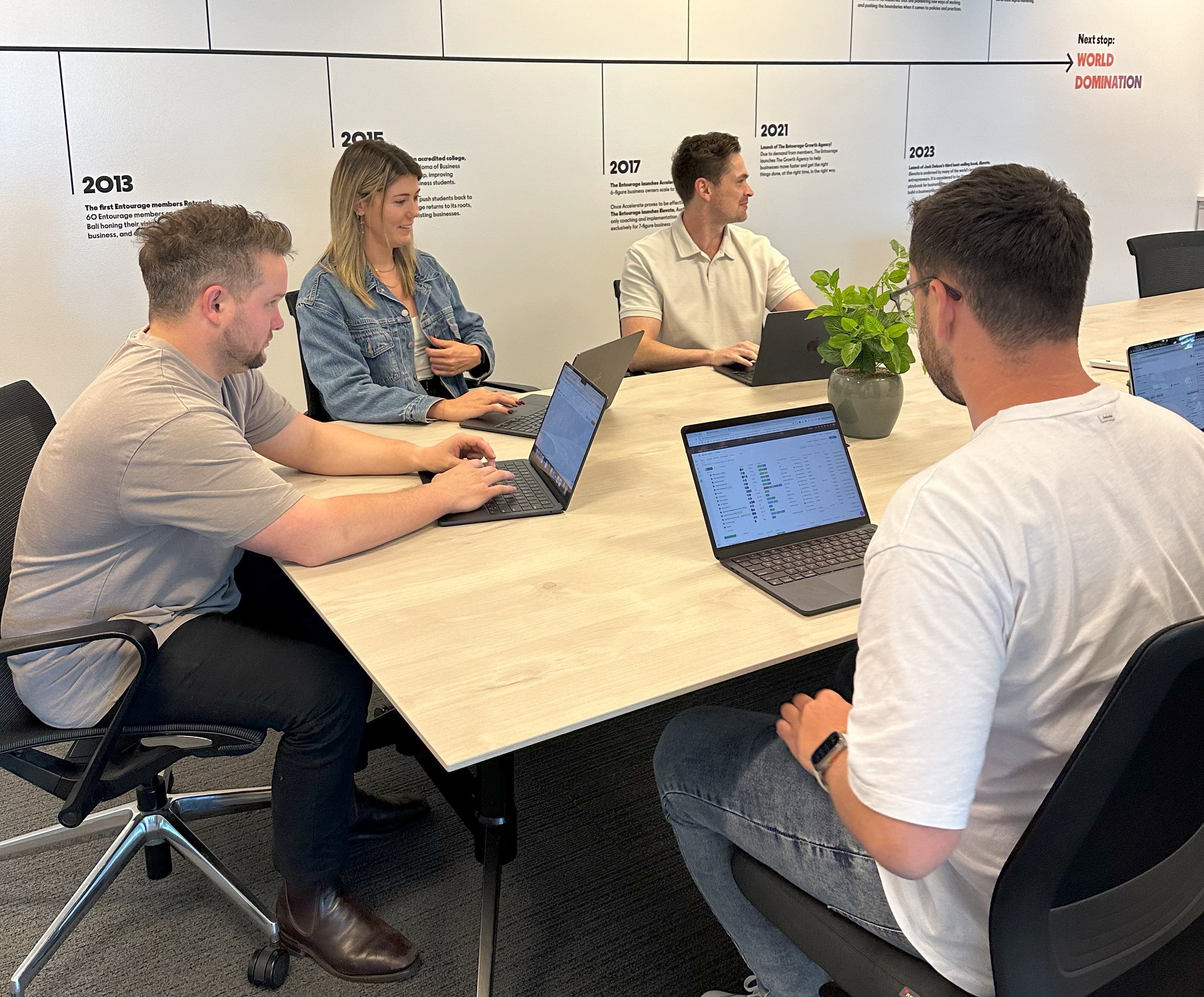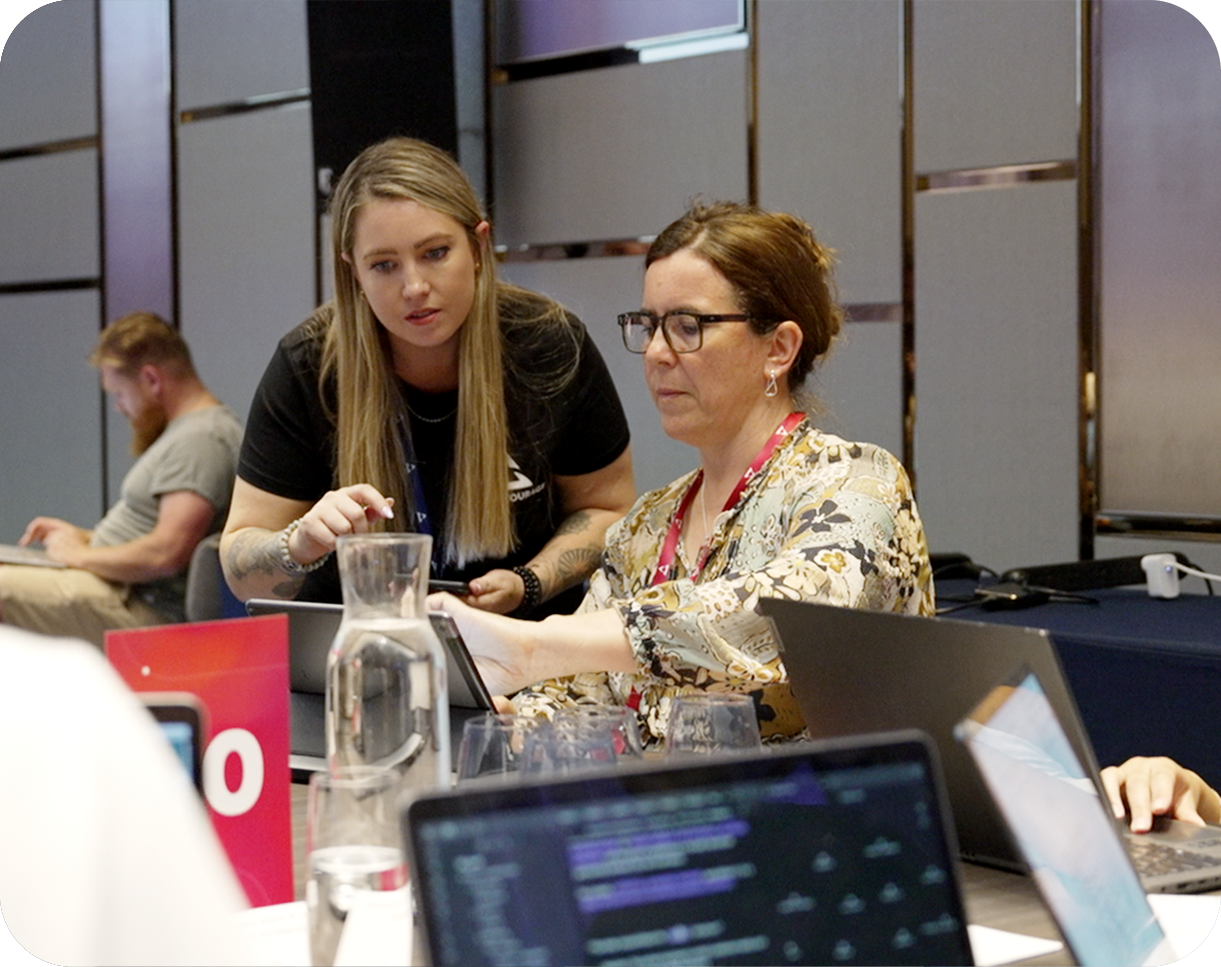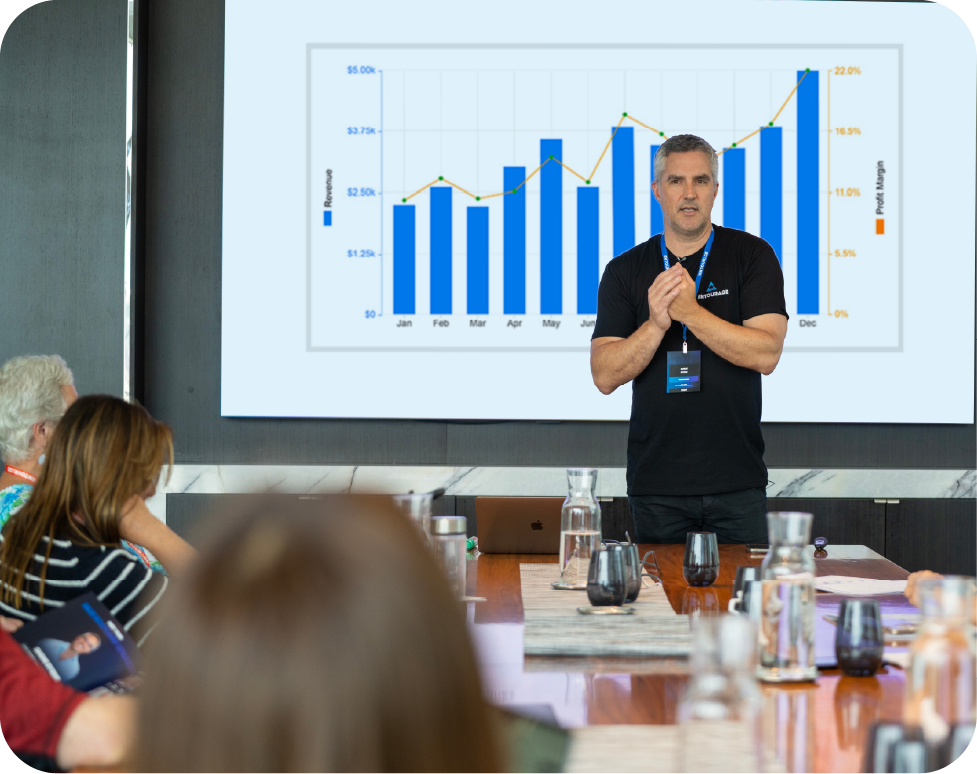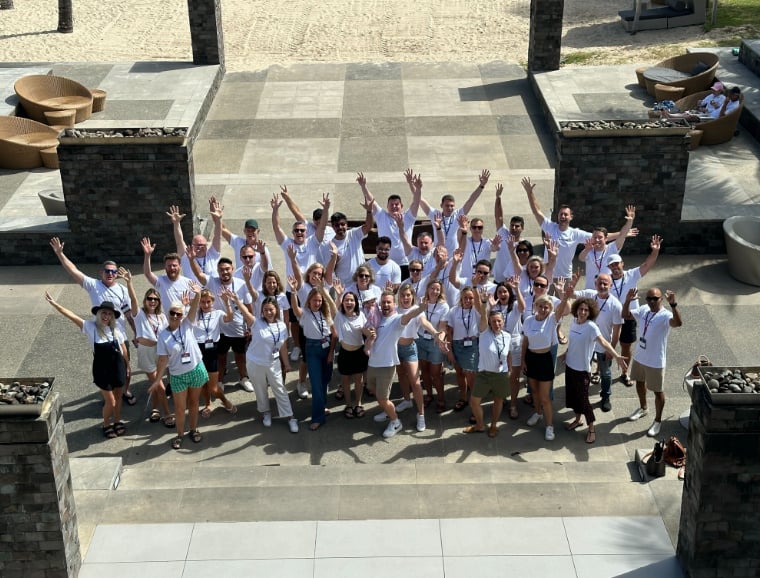Australia has one of the world’s most unique business landscapes for two notable reasons. Firstly, our business landscape is overwhelmingly composed of small businesses, these being defined by the ABS (Australian Bureau of Statistics) as any business that’s operating with fewer than 20 employees. Secondly, our business landscape is also surprisingly diverse, with sole traderships and other types of small businesses positioned within industrial sectors like agriculture, mining, healthcare, and even materials fabrication and manufacturing.
Australia has in short been built up by small business owners. That’s why our team here at The Entourage takes pride in providing small business owners with the business coaching that they need to take their enterprise to greater heights.
Today, our business coaches will be sharing some of the top insights into small business growth that we’ve explored in our coaching sessions over the past year. In talks with Australian small business owners and industry experts, we believe that these 6 strategies will be key for attaining growth across small businesses in 2025.
1. Investments in trust signals
In the digital age, consumers have more information available to them than ever before. As a result, you’ll find that prospective clients look through your website and GMB listing looking for very specific trust signals before they even leave an inquiry with you.
Some of the most common trust signals consumers are likely to look for include industry certification and qualifications. These accreditations support the authority of your enterprise and its staff in providing your client services to a high standard.
Another often overlooked trust signal is ISO certification like ISO 9001 quality standards. As an internationally recognised school of standards, attaining ISO 9001 quality management certification can demonstrate your enterprise’s commitment to self-improvement as well as quality assurance.
But there are a myriad of other reasons why ISO certification is becoming an increasingly high priority for small and medium-sized enterprises in particular. Alongside attracting discerning clients, securing internationally recognised standards is also a great way to qualify for international accounts as well. So if you’re looking to take your small business from trading locally to globally, securing these and other internationally recognised trust signals is a great way to get your foot in the door with bigger clients.
2. Business automation
The key to growing any enterprise is staying agile and scalable. That way, your business can retain operational costs more consistently, and ensure you always have capital on hand to take a growth opportunity when it comes around.
Thankfully, the digital age has provided plenty of industrial innovations that support small business owners in staying scalable. From cloud computing that supports faster server speeds and improved data storage without having to invest in on-site computer networking infrastructure, to smart business tools like project management software and other industry-specific SaaS, business owners have a myriad of digital solutions available to them today.
The key to leveraging business technologies, however, is to determine which tech can aid in streamlining and perhaps even automating your digitising workflows. For instance, project management software like Asana or Trello can be programmed to automatically organise tasks upon task completion using tag features and preset automated workflows. The same goes for data platforms, which can be programmed to automatically analyse data sets based on a trigger, like the end of a fiscal quarter or even upon the end of a workday.
Identifying opportunities for automated workflows and understanding which automation tools can help fill these gaps will better position small businesses to utilise their human resources across more than just day-to-day operations.
3. Data-driven growth strategising
Speaking of data platforms, it’s safe to say that data information is worth its weight in gold in the digital age. But whilst the 2010s were ruled by ‘Big Data’, the 2020s and beyond seem instead to favour business growth based on internally recorded data sets.
Thankfully, the rise of Industrial IoT technologies like monitors, sensors, and factory machines with integrated data platforms, has allowed small business owners to maintain full control over their real-time data insights as well as historical data sets. By recording data across all points of an operational workflow, small business owners can better identify any potential areas for improvement. Data platforms can also be used to monitor and record workflow optimisations to ensure they’re delivering the desired results.
With business data returning to the hands of business owners, it’s clear to see that data-driven growth strategising will play a large role in building up Australian small businesses over the digital age and beyond.
4. Brand building
With some practical, operational growth strategies outlined above, let’s now look at some marketing and promotional strategies that can be used to build up small businesses in local economies across Australia.
Of all the budget marketing strategies available to small business owners today, there are few investments that better aid in building up your business than developing a strong brand. You can go far with an eye-catching logo, clever tagline, and memorable brand colours – but there is more to branding than just nailing your colour palette.
Truly impactful and cohesive branding is backed by market research to ensure that your company appeals directly to its target markets. A well-informed brand building project should ideally include the following considerations and actions:
- Engaging with consumer psychology to identify suitable brand colours
- Conducting a comprehensive competitor analysis to determine how your business can stand out from the crowd whilst still aligning with industry values
- Developing brand guidelines that include templates for web and social media assets as well as traditional marketing (print collateral).
5. Multi-channel digital marketing
As briefly mentioned above, another element of cohesive brand building is making sure that your brand is well-represented across all digital and traditional marketing channels and platforms. This includes social media, your website, your GMB profile, and any advertising campaigns you run across any additional platforms.
But it isn’t enough to just throw money at Google or Meta ads to see what sticks. Yes, this could help you accrue some leads, but using a ‘one size fits all’ approach to your digital marketing is also an easy way to eat up your marketing budget in record speed. The key to managing an effective digital marketing campaign is to make sure it’s tailored to fit the unique goals and demographics of your enterprise.
A good example is a B2B service provider advertising on LinkedIn over Instagram. If you’re selling a product or service to an entrepreneur, you’ll be more likely to connect with this prospective customer on a professional social media platform over Instagram.
Utilising the unique affordances of each platform available to you is also key when managing a multi-channel digital marketing campaign. For instance, the infamous ‘link in bio’ required for Instagram may not work for all digital messages, which is precisely why Instagram and Facebook released their ‘Shopping’ features that allow eCommerce profiles to let customers click right through to a digital store when interacting with any of their posts.
6. Word of mouth referrals
Finally, it’s important to keep in mind that Australia’s business landscape is supportive of small business owners by design. Alongside tax concessions and other structures that accommodate sole traders and small business owners, there is a national network of entrepreneurs for business owners to connect with. Utilising your industry and local community connections can be a superb method for generating word of mouth referrals and developing a client pool that effectively grows itself.
Because that in a nutshell is the value of word of mouth referrals: the recommendations are given directly to prospective clients by figures that they trust. In this regard, word of mouth referrals are in themselves, another vital, dynamic trust signal that can aid in propelling business growth.
To get started with experiencing the awesome benefits of word of mouth referrals for your business, simply start looking into the networking events that are available to you, be they within your local community, via industry forums, or through resource hubs like ours here at The Entourage.
Start Planning your Tailored Business Growth Strategy for 2025
With another calendar year drawing to a close, now is the perfect time to take stock and start planning for another year of company milestones. By considering the 6 strategies we’ve outlined above and laying the foundation to pursue these investments across the rest of the 24-25 financial year, you can ensure your small business is set up for sustainable growth – not just over the next 12 months, but perhaps even beyond.
Related Categories
Ryan Terrey
As Director of Marketing at The Entourage, Ryan Terrey is primarily focused on driving growth for companies through lead generation strategies. With a strong background in SEO/SEM, PPC and CRO from working in Sympli and InfoTrack, Ryan not only helps The Entourage brand grow and reach our target audience through campaigns that are creative, insightful and analytically driven, but also that of our 6, 7 and 8 figure members' audiences too.





